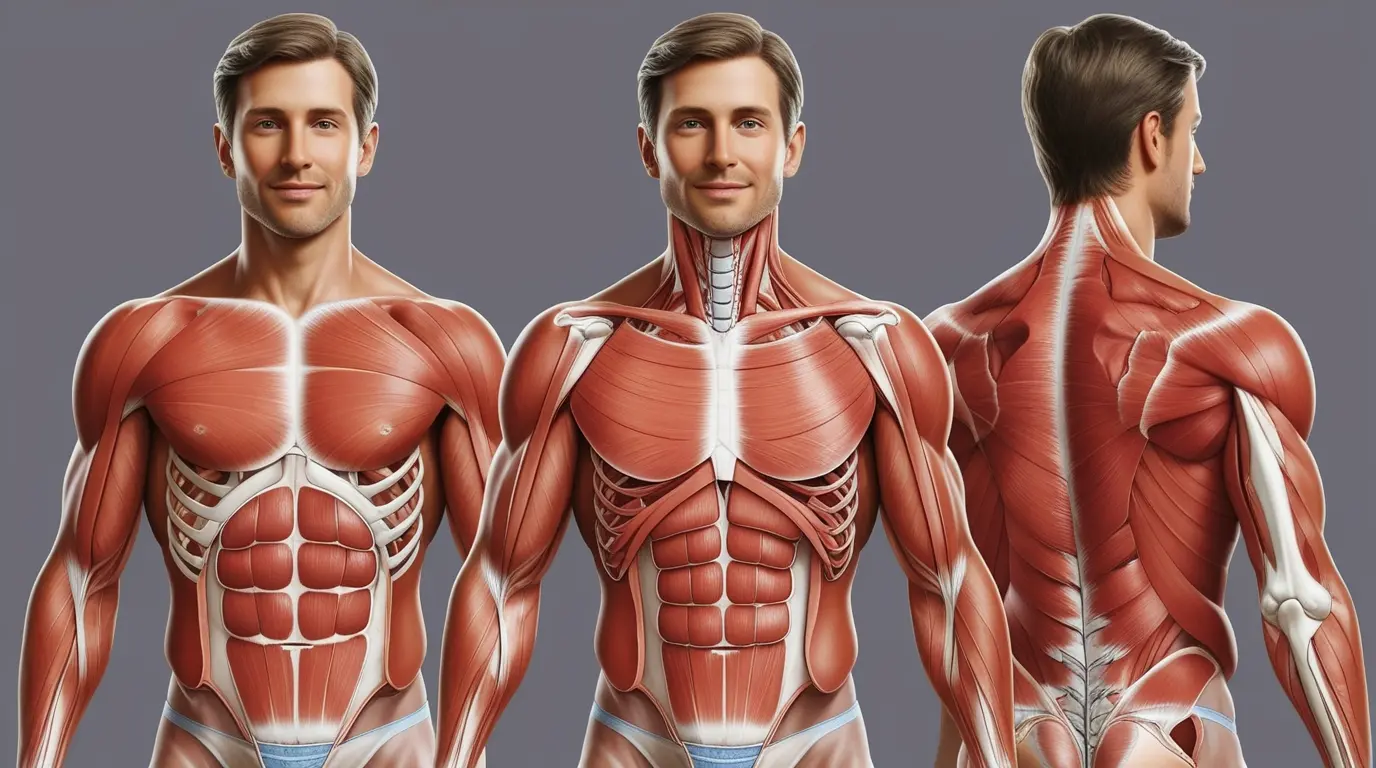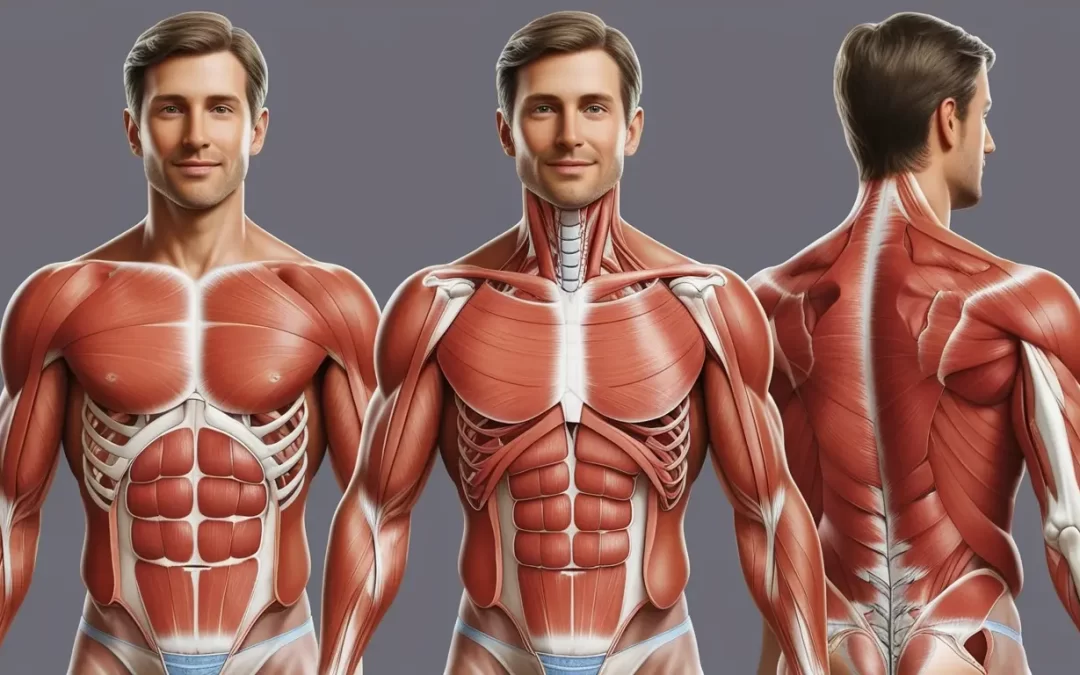How to Stretch Your Core Muscles


Most people know how to stretch hamstrings or quads. But ask someone about how to stretch your core muscles, and you’ll often get a blank look. It feels less obvious — after all, you don’t usually complain about “tight abs” in the same way you moan about stiff calves. Yet the core, from the six-pack muscles to the deep stabilisers, benefits massively from being opened and mobilised. In fact, if you’ve ever walked away from yoga feeling taller, lighter, or simply breathing more freely, chances are your core had a stretch. If you’re curious how the body remembers patterns of tension over time, see Your body has memory.
🌟 How to Stretch Your Core Muscles for Better Posture
We spend a lot of our lives curled forward — sitting at desks, driving, slouching over phones. This flexed position keeps the abdominal wall short. Over time, that can stiffen the spine and limit movement. Stretching restores balance. When you open your torso with backbends, rotations, or side bends, you counteract the constant “crunch” of modern life. The result: easier posture, freer breathing, and better mobility. For targeted postpartum recovery, exercises like those described in Childbirth and your core can be very effective.
🧩 Core Muscles and How to Stretch Your Core Muscles Effectively
Rectus Abdominis (the six-pack)
The rectus abdominis lengthens any time you move into spinal extension. Think of poses like Cobra in yoga or even a supported bridge. These movements keep the six-pack supple as well as strong, while also improving spinal mobility. You can also combine stretches with resistance-based movements, such as those in Active stretching and resistance bands, to enhance flexibility and core activation.
Obliques (internal & external)
These muscles love rotation and side bending. Moves like World’s Greatest Stretch, deep lunges with rotation, or simple supine twists all target them. If you’ve ever held a side bend reach and felt your ribcage open, that was your obliques stretching out.
Transversus Abdominis (TVA)
The TVA is a corset-like muscle that doesn’t “stretch” in the same way. Instead, it relaxes when you breathe deeply into the belly and ribs. Rotational moves like windshield wipers also help it release. Think of this less as stretching and more as making space for breath.
💡 Core Flexibility and Abdominal Stretch Routine
Adding even a couple of movements to your warm-down can make a huge difference. Try this simple two-move sequence:
- Cobra or Upward Dog — lie face-down, press into your hands, lift your chest, and breathe into your front body.
- Supine Twist — lie on your back, drop both knees to one side, extend your arms wide, and feel the stretch through your obliques and ribs.
In less than two minutes, you’ve opened the core front and sides — the parts often skipped in standard cool-downs.
❓ Can Stretching Your Core Improve Posture and Mobility?
Yes. By lengthening your abs and obliques, you allow the spine to extend and rotate more fully. This directly improves posture, prevents stiffness, and makes breathing deeper and easier. It’s not about being taller in centimetres, but about standing taller and moving more freely.
🏃 Real-World Examples
Outdoor fitness groups often mix these stretches into flows. In Southsea, I’ve used rotational drills on the grass overlooking the sea — twists and reaches that wake up the ribs after running. In yoga classes around Portsmouth, Cobra and side bends are staples for unwinding after planks or boat pose. These real-world practices show that stretching the core isn’t abstract; it’s something you can build straight into your sessions.
✅ Take Action
Next time you finish a workout, don’t stop at hamstrings and quads. Add a backbend and a twist to stretch your core. It takes less than two minutes and unlocks your posture, breathing, and spinal freedom. If you’re local and want to feel this in action, join us for a session in Southsea — you’ll experience first-hand how core stretching transforms recovery and movement. For more guidance on combining fascia release with fitness, check out Fascia Fitness and Wellbeing.
You can Comment or ask questions on this post in Instagram.
We would love to hear from you!
Want to explore more about how fascia influences movement, mood, and memory?
Visit our fascia-informed movement and emotional wellbeing homepage to dive deeper into the science and practice.
